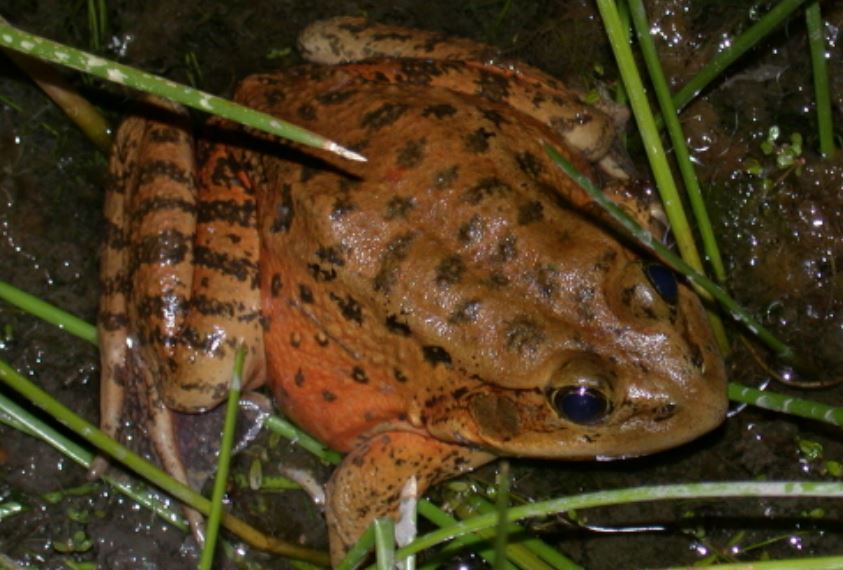California red-legged frogs are successfully returning to Yosemite National Park after an extensive rehabilitation effort.
The work is a result of combined talent, and resources of the National Park Service, Yosemite Conservancy, the San Francisco Zoo & Gardens, U.S. Fish & Wildlife Service, California Department of Fish & Wildlife, and NatureBridge.
The California red-legged frog was a staple resident of Yosemite until about 50 years ago, when their numbers finally dwindled. Today, the collaborative rehabilitation plan is seeing new frog eggs appear in the wild even sooner than was expected.
As reported by the National Park Service:
“A new generation of red-legged frogs were discovered this spring in Yosemite Valley when National Park Service ecologists found eggs in ponds and meadows. This is the first documented breeding of red-legged frogs since the release of the species’ adult frogs began in 2017. It often takes years to see such a result, according to Yosemite National Park Superintendent Mike Reynolds.
“‘It’s unusual to find eggs in any location and to find them this soon is a strong indication that red-legged frogs are adapting successfully to the riparian areas where we reintroduced them’, said Reynolds. ‘This is a major milestone in our work to reestablish a species that contributes to a healthy park ecosystem.’”
The introduction of, “non-native, highly invasive and predatory” American Bullfrogs had the biggest impact in decimating red-legged frog populations from Yosemite several decades ago, as did high numbers of raccoons from mismanaged trash at Yosemite National Park.
Now, the long nightmare of the California red-legged frog may finally be over.
The National Park Service further explains:
“The California red-legged frog was made famous by Mark Twain in his story the ‘Celebrated Jumping Frog of Calaveras Country.’ It is 2-5 inches long and is the largest native frog in the western United States. It is reddish in color on the underside of the legs and belly, and communicates with a series of short soft grunts. It is found in ponds, pools and streams and wet meadows.”
You can read the full story on the National Park Service website here.
Featured image by Robert Fletcher, Ohlone Preserve Conservation Bank, Creative Commons.
